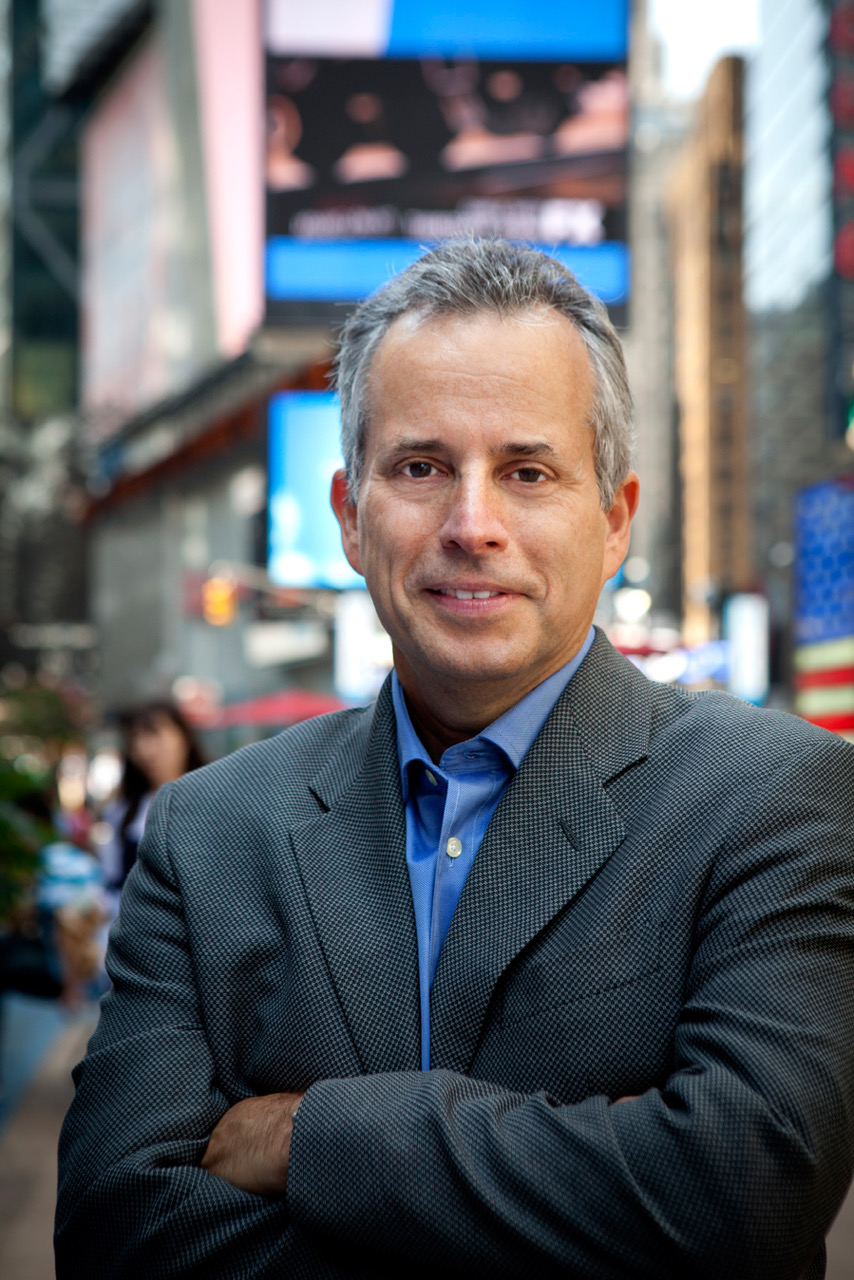

Dario Debarbieri
CEO, Asia-Pacific
Enterprise Outsourcing is a leading global technology and business management organization headquartered in South Africa and operating in North America, Africa, Europe and Asia Pacific. Established in 2000, the company has successfully positioned itself as a leader in cloud, data, security, digital transformation and advanced IT solutions by focusing on customizing technology to meet clients’ specific business needs. Enterprise equips clients with competitive and cutting-edge IT capabilities by aligning IT solutions with overall business strategy.
Dario Debarbieri, newly appointed CEO for Asia-Pacific, brings over 20 years of experience to the role. He says no matter what organization he’s served or when, investing in delivering superior customer experience, best technologies and developing skills will always be the key to success.
“The way organizations do business is constantly evolving,” he says. “With the Internet explosion in the late 90s, we saw a rapid and drastic shift and a new era for businesses. That shift didn’t just change the way we communicated, but also shifted the focus from local to global and opened the doors to an entirely new era of commerce.”
“Ironically, the Internet and all related technologies – including social media – also created an explosion of information that helped create an immense opportunity, while at the same time created a much more complex environment, at least for now,” he says. “We went from managing businesses annually to managing in months, days, hours and now in real time.”
Today, he says the landscape has drastically changed and technologies have evolved rapidly to a point where in a few years we will see the biggest technology event yet.
“We are looking at what will be ‘The Digital Convergence’ of technology,” he says. “That will happen when cloud, artificial intelligence/data, blockchain, IoT, 3D printing and quantum computing reach their full potential, and standards are created across these technologies to allow the biggest technological transformation the world has ever seen.”
That convergence will set us up to reach a new frontiers, conquer more knowledge, speed, accuracy, prediction and expand our footprint globally much faster and even beyond what we can currently comprehend.
“Beyond sounds far, but it’s not,” he says. “For example, soon – and powered by “The Digital Convergence” – mining and other activities will begin on other planets (seriously, it will) and intelligent machines will print houses, mines, vehicles and tools for a new generation of working humans and machines that will bring resources from remote planets.”
But how?
On the above example, imagine how AI will power the intelligence behind the 3D printers to make hyper efficient vehicle housing construction and mining, IOT will help find the most viable locations and help modify in real time potential improvements accessing data available at speeds we have not seen yet all securely stored in powerful clouds from far but efficient locations and while every instrument will be measured for performance and fixed if needed in real time, rare and rich minerals will be transacted in real time through super powerful blockchains, All happening seamlessly through powerful networks. That is when many movies finally become a reality partly thanks to what Dario calls, “The Digital Convergence” of technology and the mastering of it.
Incredibly “All of these new technologies grew in parallel (even the skills), but at this point they are starting to become one,” he says. “I don’t mean that in the sense of how the technologies themselves work, but in the way they will soon interact.”
Due to the vast amount of information out there, the constant challenge all enterprises face is data. “In an ocean of information, if you want to anticipate needs and demand, you need to understand what your clients are thinking,” he says.
To navigate the oceans of information and technological complexity we need super computing power, intelligence, security and access to everything, everywhere. Debarbieri believes that we are finally reaching that point where all these technologies will make the impossible become possible.
But to do this, innovation can no longer happen in pockets. To truly transform, organizations need to be able to leverage these technologies as one.
“Innovation is happening faster than companies and people can assimilate it,” he explains. “That creates significant challenges due to a lack of skills and the lack of a long-term strategy. Companies are only thinking about evolving to solve short-term needs, rather than thinking forward in where this evolution will take us.”
Leadership must play a critical role not just in driving an idea of digital transformation and IT modernization, but to actually put it on the agenda as something that will truly change the way a company works. “Thinking in terms of this ‘Digital Convergence’ will work only if leadership is thinking further ahead,” he says.
Overall, true digital transformation is still at the very early stages for most organizations.
“Organizations are facing the functional challenge of how technologies should be implemented and the operational challenge of how to put things together to satisfy client needs,” he says. “And of course, this all needs to be put into the lens of the most important objective for any company, which is how to leverage technologies to satisfy our clients and ultimately make more money.”
To make the right decisions, he says the first step is to establish cross-functional alignment across the organization and to implement a cohesive view of technology based on the needs of the customer. “Considering how technology should help achieve a customer-first objective through very clear KPI’s is key,” he says. “Technology is meaningless if it has no purpose.”
Successful, large-scale innovation requires a lot of knowledge and investment. But if organizations do not take the time to invest in that future, they won’t be around for long. “It’s not a coincidence that ranking of the top 50 companies 10 years ago is so different than what it is now across every industry,” he says.
“Today, organizations, must think: ‘How do we approach technology in a contextual way as they all converge into that incredible future where everything will be possible, and which is the right technology partner to begin that journey with…” he says. “Only those who see the future can and will use the right tools today.”



 Share
Share


 About the Author:
About the Author: